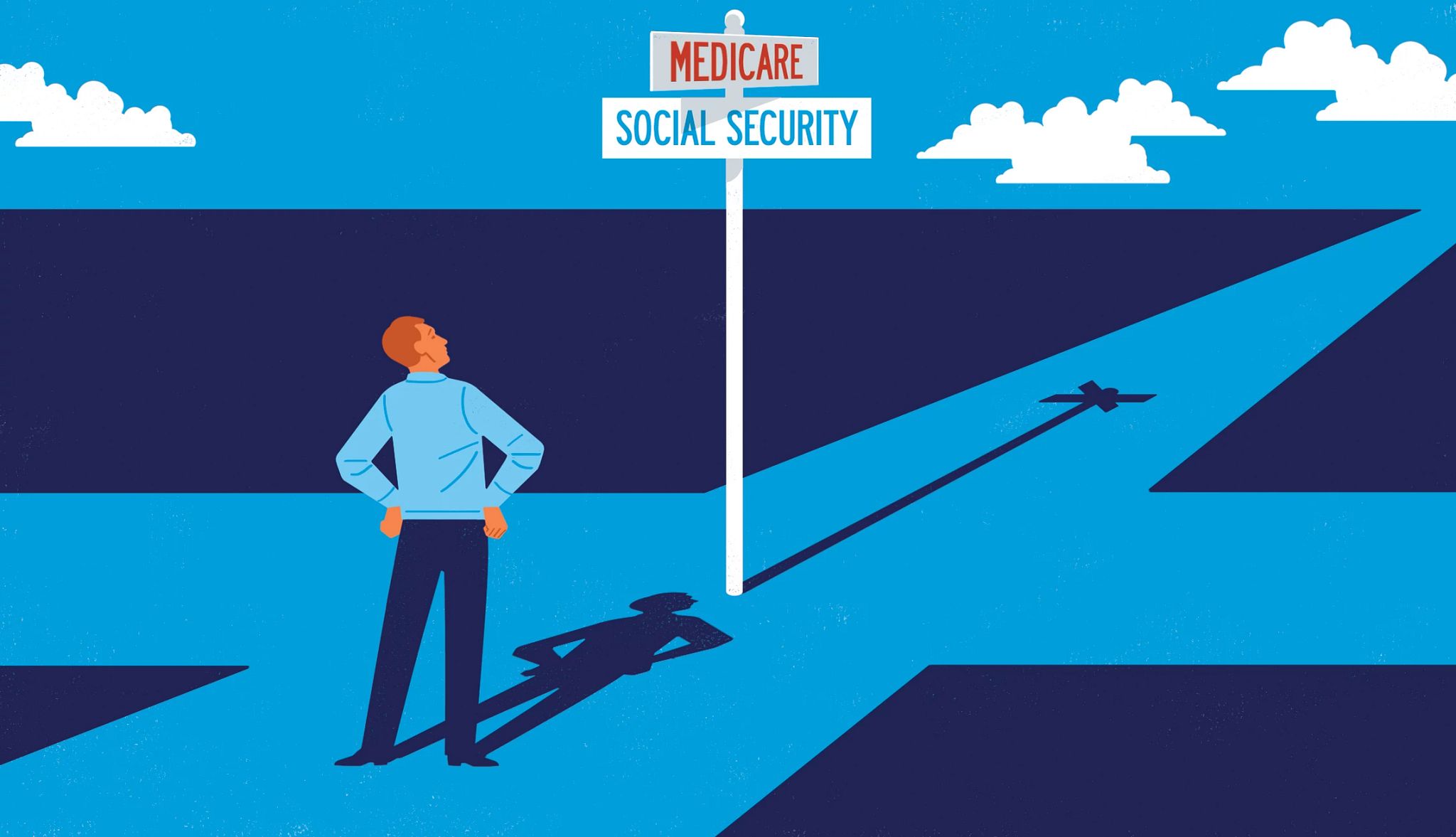AARP Hearing Center


Key takeaways
- Social Security manages Medicare enrollment.
- Oftentimes you need to apply for Medicare yourself.
- Many pay Medicare premiums through Social Security.
- Medicare comes with Social Security Disability Insurance.
- Social Security and Medicare have a historical connection.
You probably know that Social Security and Medicare intersect in some ways, but you might not be clear on exactly what.
Their relationship can be confusing because they are distinct programs. Yet Social Security and Medicare both serve older and disabled Americans.
Here is the crucial connection: Social Security handles enrollment for Medicare Part A hospital insurance and Part B medical insurance.
In this role, the Social Security Administration (SSA) works with the Centers for Medicare & Medicaid Services (CMS) to inform older Americans about their Medicare sign-up options, process their applications and collect some premiums.
How Social Security handles Medicare enrollment
Social Security is involved no matter when or how you enroll in Medicare.
If you’re already receiving Social Security retirement benefits at least four months before you turn 65, the SSA will send you a Welcome to Medicare package that includes your Medicare card at the start of your initial enrollment period, which begins three months before the month you turn 65. For example, if your 65th birthday is July 15, 2026, this period begins on April 1.
On your 65th birthday, you’ll automatically be enrolled in parts A and B. You have the right to opt out of Part B, but you might face a penalty in the form of permanently higher premiums if you sign up for it later.
If your spouse is still working at a company with 20 or more employees and you get your health insurance that way, you can stay on your spouse’s plan until that coverage ends and save on Part B premium costs. But because you’ll get your Medicare card automatically as a retiree, you’ll need to follow the instructions in your Welcome to Medicare packet if you don’t want to keep Part B.
Don’t remove the card from the form you got in the mail. Check the box on the top right of the back of the form after “I DON’T want Part B (Medical Insurance),” sign your name and send back the entire form, including the card, in the enclosed envelope before the coverage start date on the front of the card.
Before you send it back, jot down your Medicare number so you’ll have it until you receive a new card in the mail from Social Security designating that you have only Part A.
65 and not yet retired? Apply for Medicare at SSA.gov
If you haven’t filed for Social Security benefits at least four months before age 65, you’ll need to apply for Medicare yourself.
You can do so any time during Medicare’s initial enrollment period, which lasts seven months. For that July 15 birthday, the sign-up window runs April 1 through Oct. 31. If you don’t enroll during that period, you could face those late fees if you do so in the future.


































































Next in series
Early Retirees Must Fill a Health Insurance Gap
Medicare coverage for most older Americans won’t begin until age 65